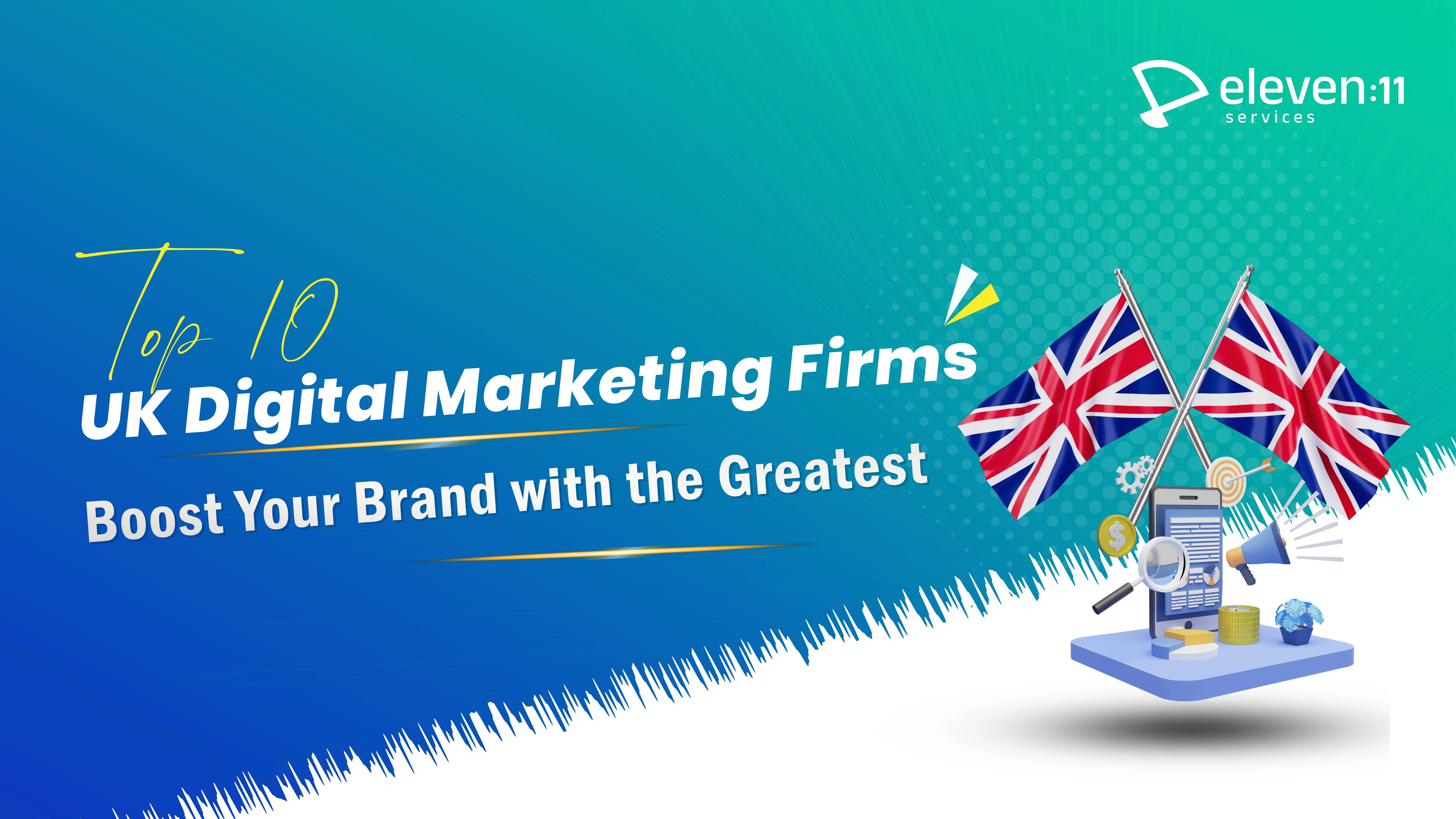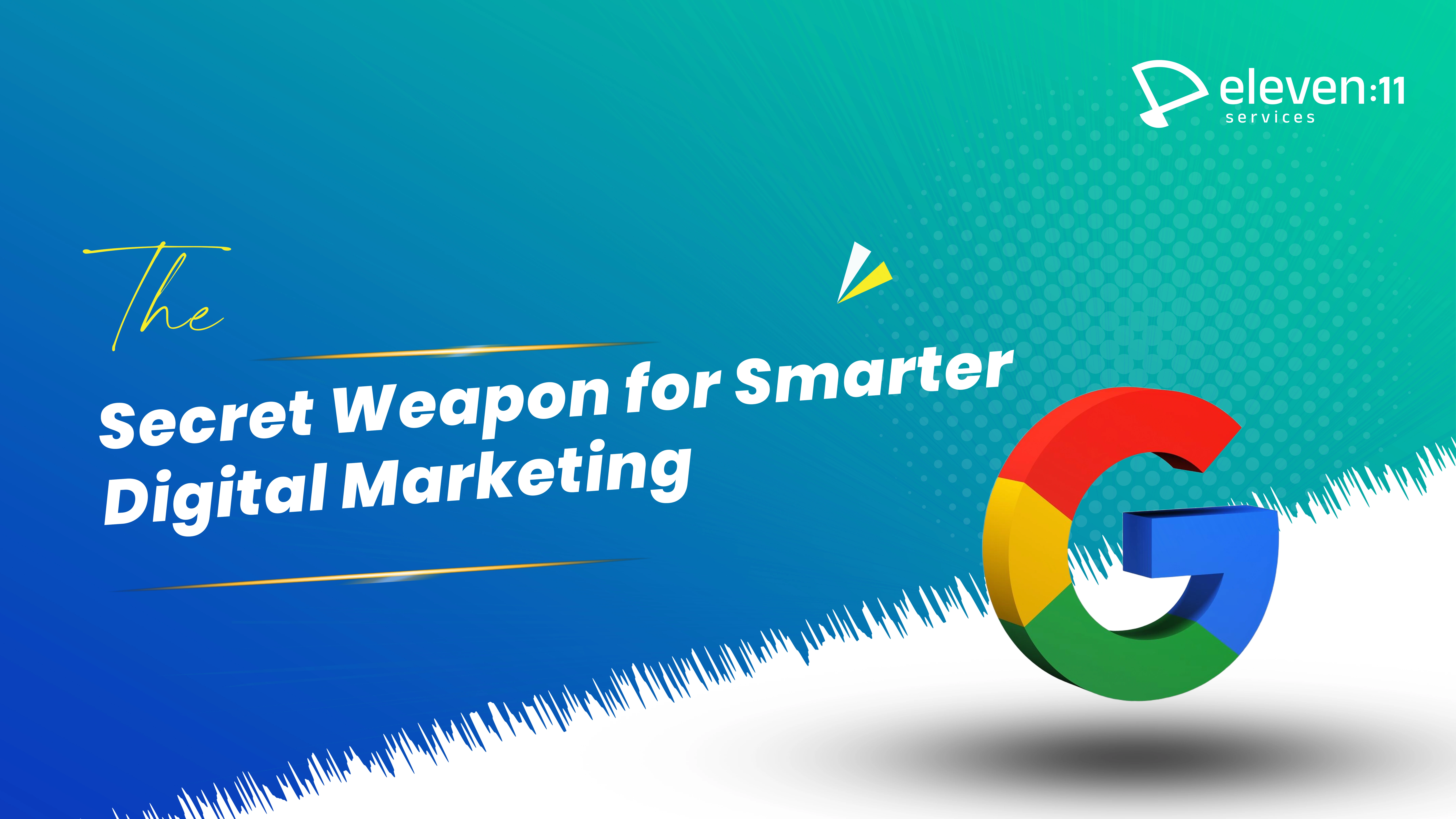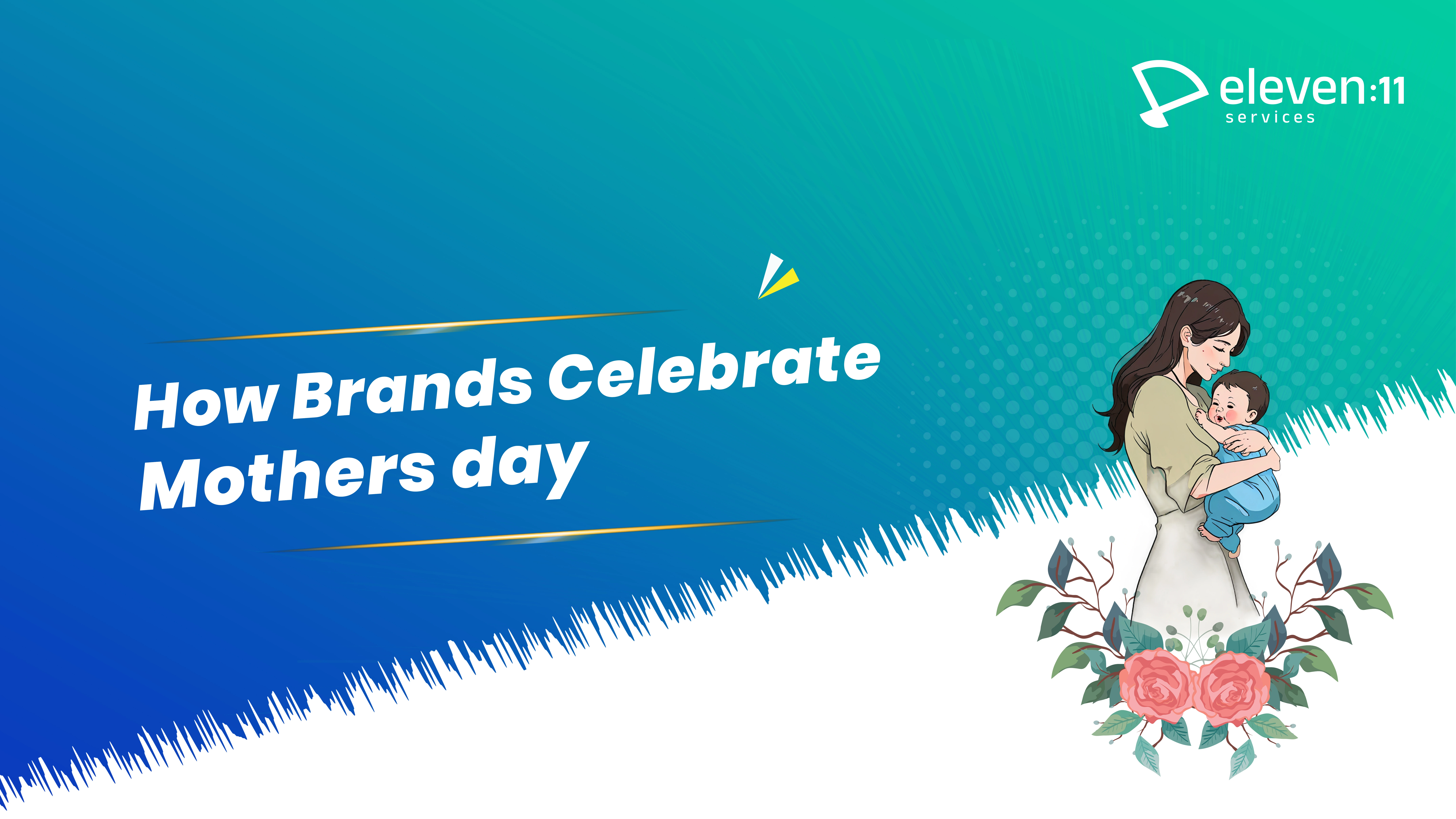Canva Took It to the Streets
When you think of impactful marketing in 2025, flashy ads and million-dollar productions might come to mind. But sometimes, all it takes is a clever sentence on a clean billboard to get the entire design and marketing world talking. That’s exactly what Canva did.
With one line, “Turns out the news was supposed to be new,” Canva made thousands pause, smile, and nod in agreement. It wasn’t loud, it wasn’t pushy, and it wasn’t your typical sales pitch. Yet, it worked brilliantly.
So, how did a simple billboard become a viral conversation starter?
Let’s explore how Canva’s billboard became one of the most memorable and effective marketing strategies of recent times and what we can all learn from it.
It Spoke the Language of Its Audience
Canva didn’t try to sell you anything on that billboard. No flashy discounts. No product placements. No “Sign up now!” calls to action. Instead, they did something smarter: they spoke directly to the lived experience of their audience.
Designers, marketers, freelancers, and brand managers all know the pressure of “coming up with something new.” The client feedback loop demands freshness even when the last version was just fine. The struggle of making something that feels different, yet familiar. Canva took that struggle and turned it into a punchline.
The moment you read that line, you feel seen. And that’s the secret. Good marketing isn’t just about reaching an audience; it’s about making them feel understood.
Simplicity Made It Memorable
One of the most powerful aspects of the Canva billboard was its simplicity. In a world oversaturated with noise, colours, and clutter, clean design and a single sentence stood out more than any overproduced campaign could.
The billboard had a white background. Black text. No logos shouting in your face. No long explanation. That minimalism didn’t just look elegant, it told a story. It mirrored Canva’s entire brand promise: design should be simple, clean, and accessible.
Simplicity, when done right, is magnetic. It draws people in. It lets the message breathe. And Canva nailed that balance.
It Reinforced the Brand Without Pushing It
Ironically, Canva’s name wasn’t even the star of the show on that billboard. But everyone knew it was Canva. Why? Because the tone, the design, and the sentiment all matched their brand identity perfectly.
This is what we call brand maturity when a brand is so consistent and confident in its personality, it can speak without shouting its name.In marketing, there’s something called “soft branding,” where the product or company is present without being intrusive. Canva mastered this by letting the idea speak louder than the company name. It built brand trust and recognition, without having to sell anything at all.
It Became Shareable Without Being Designed for Virality
The best viral content often isn’t made to “go viral,” it just hits the right nerve. Canva’s billboard did exactly that. People saw it and took a photo .Shared it. Memes followed. Conversations sparked. Articles were written. Influencers commented. Designers reposted it. And all of that happened because the message was relatable and funny, not because Canva asked people to share it.That’s the magic of emotionally intelligent marketing. You give your audience something that makes them feel something, and they’ll do the marketing for you.
It Aligned With Their Product Promise
The beauty of Canva’s campaign is that it wasn’t just a good piece of creativity; it reflected what the platform stands for.
Canva has always been about making design less intimidating. It's a user-friendly design tool built for people who don’t have years of professional training. Their platform removes unnecessary complexity, and their billboard did the same.
That sentence didn’t just entertain. It reinforced Canva’s mission: creativity doesn’t have to be complicated.
When your marketing is aligned with your product experience, it builds deeper trust. And that’s exactly what Canva did here.
The Right Timing in the Right Era
We’re living in a time when marketing is changing fast. Audiences are tired of being “sold to.” They want honesty. They want brands that feel human. Canva didn’t lecture. They didn’t oversell. They made a joke and in doing so, humanised their brand.
And in 2025, that kind of authenticity goes a long way.
People don’t follow logos. They follow brands that feel like people. Canva’s campaign had the warmth, wit, and self-awareness that people naturally connect with.
It Was a Lesson in Self-Awareness
Another reason the campaign worked so well is that Canva wasn’t just making fun of clients or designers; they were also laughing at themselves. After all, they are a design platform. So, by poking fun at the obsession with “new,” they were admitting that they, too, live in this world of unrealistic expectations.
This level of self-awareness and humility in a brand is rare. And when done well, it creates trust. Canva didn’t position itself above anyone. They simply said: We get it. We’ve been there. And we’re building tools to make it easier.
What Businesses Can Learn From This
Whether you’re a startup, a local business, or a creative agency, Canva’s campaign is proof that you don’t need big budgets to make a big impact. What you need is honesty, empathy, and clarity.
Here’s what you can take away:
Know your audience deeply. Speak their language. Understand their struggles.
Say more with less. Simplicity beats noise.
Be real. Don’t be afraid to laugh at yourself. It makes your brand feel human.
Focus on emotional connection. People remember how your message made them feel.
Align your marketing with your mission. Make sure what you say outside matches the experience you offer inside.
Final Thoughts
Canva’s billboard wasn’t just a funny sentence on a wall. It was a strategic, brilliant, and refreshingly human piece of marketing. In a time when audiences are craving authenticity, Canva delivered a message that felt like a wink and a nod to every creative out there.
It didn’t shout. It didn’t sell. It simply understood, and that made all the difference.
If you're a business owner or marketer looking for inspiration, let this campaign remind you: the smartest marketing doesn’t always look like marketing. Sometimes, it’s just a moment of shared truth, printed boldly on a billboard.
And in Canva’s case, that truth turned into one of the most talked-about campaigns of the year.




